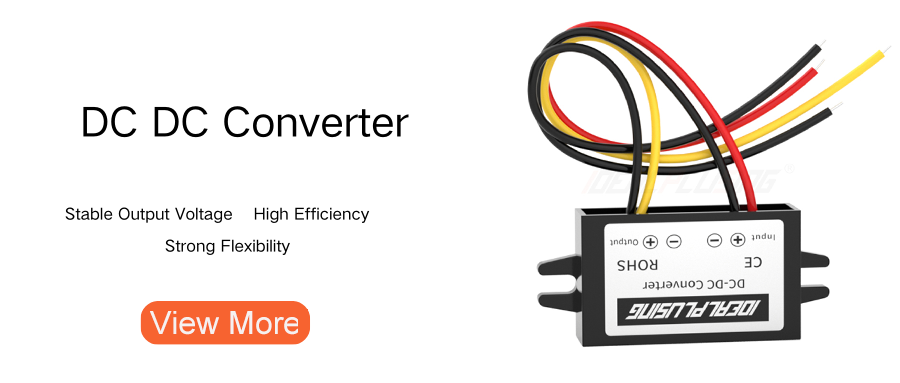DC power supplies are commonly found in control cabinets and are most often used to power field devices, including relays, contactors, sensors, and in many cases, controllers and I/O terminals. Perhaps the most common of these DC power supplies are 24V models that mount on DIN rails, with power outputs ranging from a few watts to hundreds of watts.DC power supplies exist to provide stable power to controllers and field devices, but many engineers are unclear about when these supplies should be connected to the ground of the AC line power.
Ungrounded DC power supplies are powered by line voltage (including bare ground) and the output includes only one DC positive (+) and one DC negative (-). These are usually printed as 24V and 0V output terminals, respectively, to distribute all the places where DC is used. Such a DC power supply system maintains 24V between the wires, which can provide enough power for any device that requires such voltage, and does not require any further connections. A grounded DC power supply is one that connects the DC (-) terminal to the ground of the AC power supply.
Regarding whether the DC power supply is grounded, NEC Section 250.162 provides regulations, that is, whether grounding depends on the voltage. Grounding is required when the voltage exceeds 60V, and 24V does not exceed 60V, so grounding is not a mandatory requirement. For the 24V DC power supply that we most commonly use, although grounding is not a mandatory requirement, we still need to be clear about the advantages and disadvantages of grounding.

Benefits of grounding a DC power supply:
1. Safety protection. If the (+) wire at any position in the system is loose and touches the grounded DIN rail or the operating table electrical cabinet, it will immediately have an unrestricted grounding path, thereby blowing the fuse or tripping the circuit breaker.
2. Prevent electric shock. Ensure that the operator does not accidentally contact the live voltage by touching the metal casing near the fault point.
3. Reduce noise. After the power supply is grounded, a very consistent reference point can be created, so that the interference at the reference point will be the same as the interference at the signal point, thus ensuring that the relative value between the signals will be very stable.
Disadvantages of grounding a DC power supply:
1. Loop interference. The DC power supply (-) is connected to the ground near the power supply, and there are two ground connections in any power supply equipment. With two connection points, a full circle is created, known as a "ground loop." If the inductive interference applies voltage to any metal device (even a conveyor belt frame), there is now a low resistance path through which current will flow. This can cause interference or damage to the equipment because this ground loop may not be in the line of the circuit breaker or fuse.
2. Analog voltage. For various analog control signals, interference can be handled in different ways. Differential pair signals use two dedicated wires, usually twisted together in pairs, to communicate with analog sensors. Any interference on one wire will also appear on the other, since the actual signal is the difference between the pair of wires. In the analog voltage scenario, each 0~10V signal is measured at the input terminals, and a common wire provides a reference for all analog input channels. If this common reference line encounters voltage fluctuations, all analog readings will be biased. If the power supply that provides this reference is grounded, any ground loop interference will inevitably cause reading errors.
3. Current leakage. There is an EMI filter capacitor inside the DC power supply to eliminate irregularities introduced by the input line voltage. This capacitor spans from the input stage to the output stage of the switching power supply, and its effect can be measured as a small irregular voltage on top of the DC voltage. This causes a very small amount of current to flow because the leakage through the capacitor is very small (less than 1 mA). If multiple power supplies are connected in parallel in the system, there can be considerable current. If this current enters the grounded DC system from the output, it will return through the ground wire, causing the ground fault circuit breaker to trip.
There are many reasons why DC power supplies are not grounded and grounded, which need to be based on specific scenarios and cases. It is completely acceptable to ground or not ground, as long as everyone judges based on the pros and cons, they can come up with the most reasonable way. In the case of uncertainty, directly choosing grounding is the best choice.







